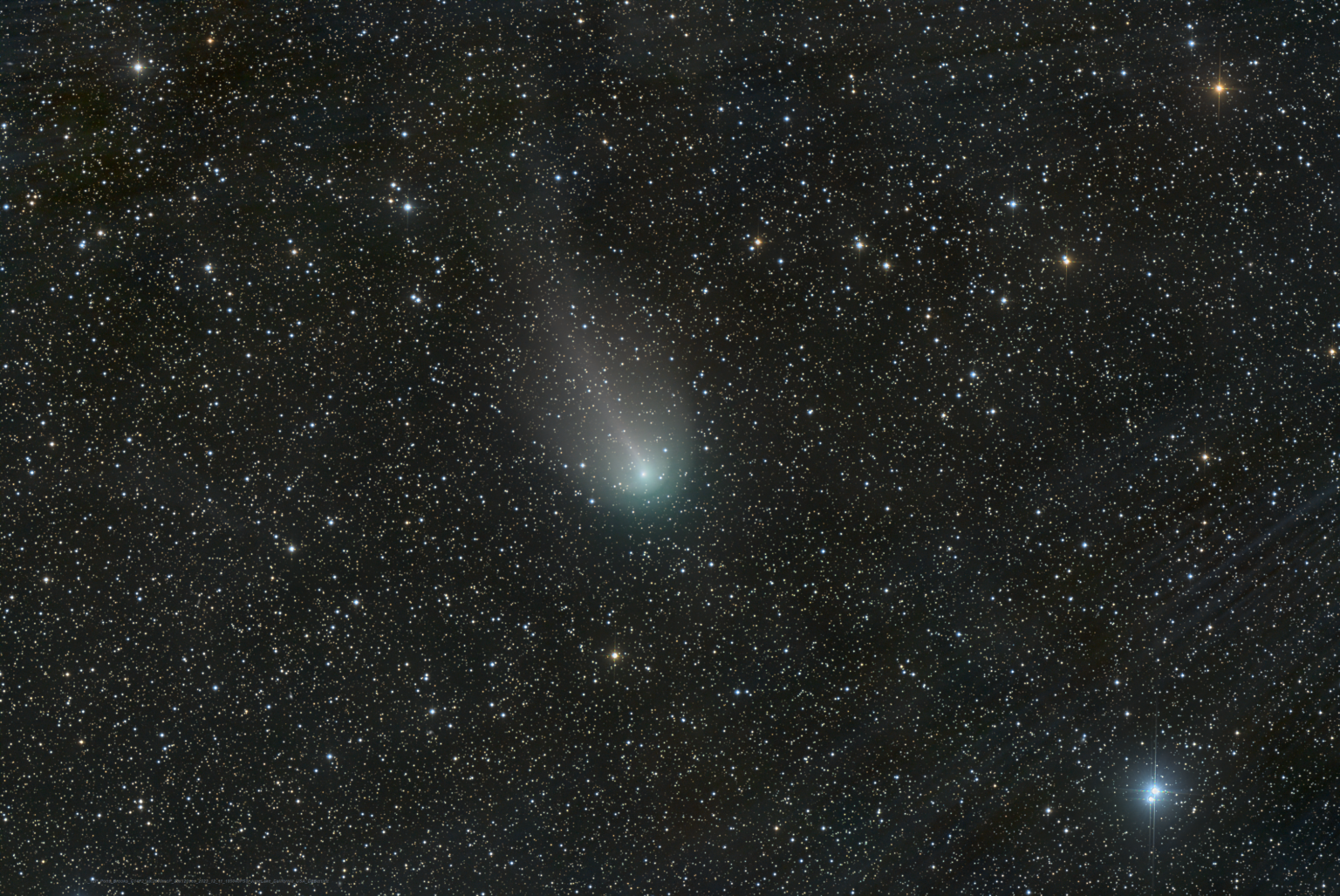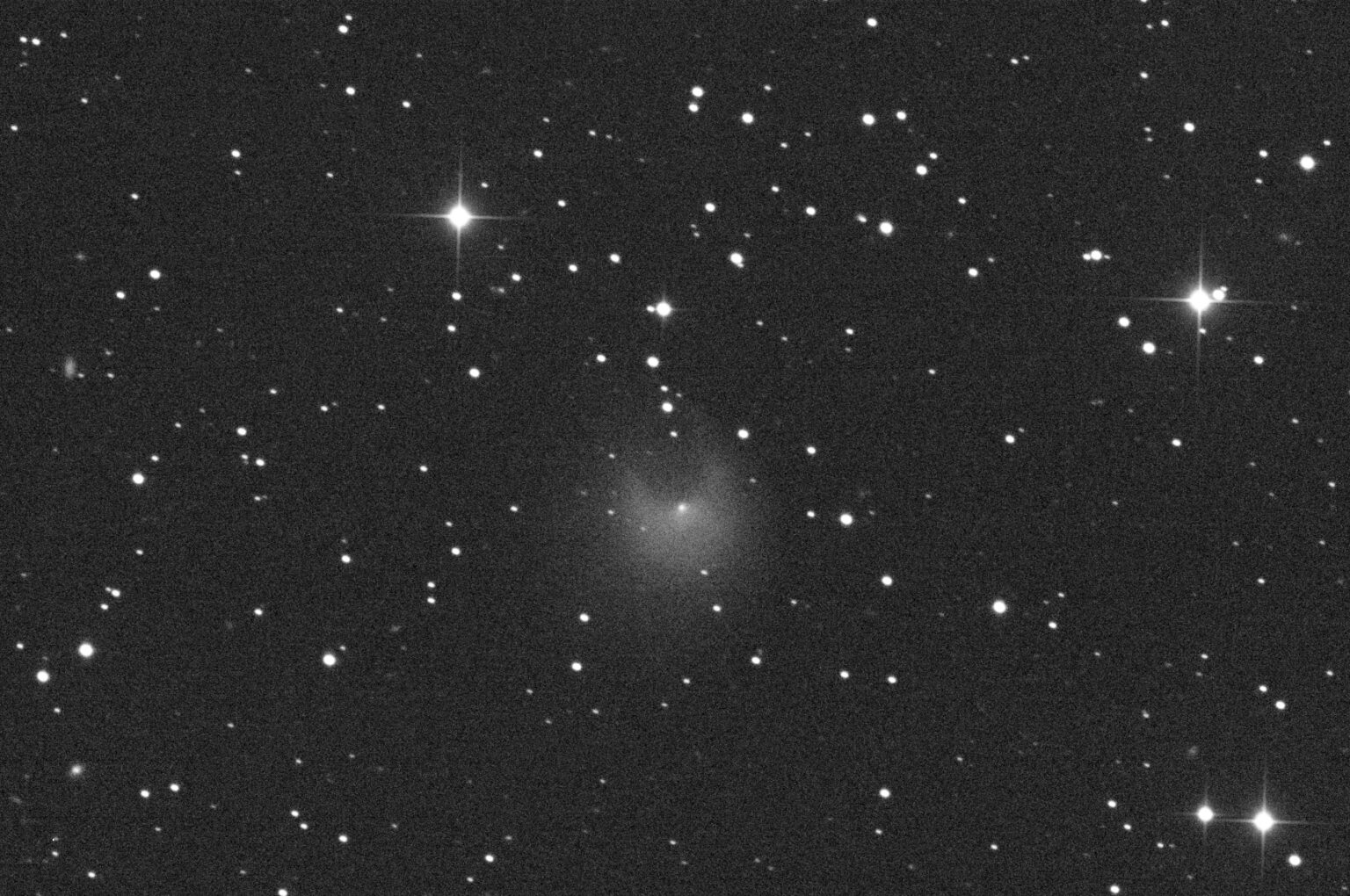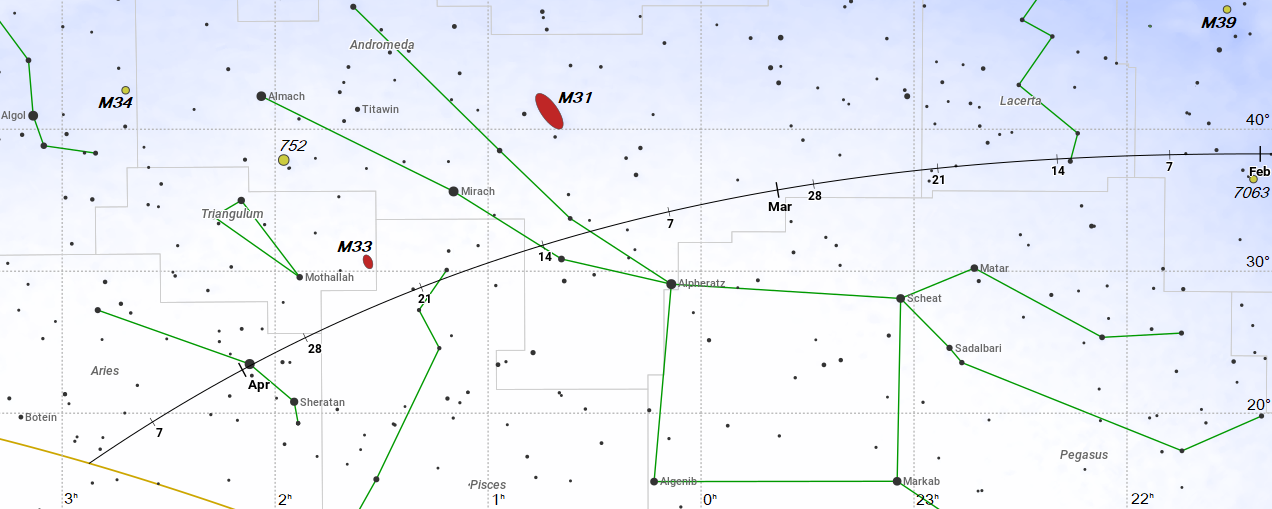The most famous “tailed star” of those that periodically return to the Sun is undoubtedly Halley’s comet (1P/Halley). It belongs to the so-called Neptune family and can be considered its “classic” representative: its aphelion is located at about the same heliocentric distance as the orbit of the most distant planet. The next time this comet will return to the inner regions of the Solar System in 2061. At the same time, in the first months of 2024, another representative of the Neptune family, Comet Pons-Brooks, will adorn the sky. It is very likely that in March we will be able to see it with the naked eye.
“Double” surnames in cometary names mean that the discovery of a new celestial body was made almost simultaneously by two observers, or if talking about a periodic comet, which was first found by one astronomer, and in the next or some of the subsequent returns was “rediscovered” by someone else. Here we are dealing with the second case. Frenchman Jean-Louis Pons, born in 1761 in the small mountain town of Peyre, began as a guard at the Marseille Observatory but later joined astronomical observations. Thanks to his excellent visual memory, he became an unsurpassed “comet hunter” at that time and discovered a total of 37 of them (although not all of them had his last name in the designation). He did not give up his favorite hobby even during the Napoleonic Wars. On July 12, 1812, Pons noticed a faint nebula in the constellation Lynx, which moved quite quickly and became brighter. Within a month, it could be seen with the naked eye. At the end of September, the new comet “deepened” into the southern constellations and ceased to be visible from the territory of France. However, the data obtained turned out to be enough to calculate the orbit of the object and assume that its subsequent appearance would occur in about 70 years.

The astronomers were almost right. On September 2, 1883, another outstanding “comet finder” of his time, the American William Brooks, noticed the comet (he had 27 “tailed stars” discovered from 1881 to 1912). At that time, scientists already had more advanced computing techniques and methods at their disposal, and they quickly realized that the new celestial body was not entirely new: its orbit turned out to be almost identical to the orbit of comet Pons in 1812. That’s why it got a double name. According to the rules of nomenclature introduced at the end of the 20th century, it was assigned the designation 12P/Pons-Brooks.
The appearance of the Comet Pons-Brooks in 1883–1884 was the most successful for observations. Then it approached the Earth by 0.634 AU (95 million km), and its brightness reached the 3rd magnitude. When this comet returned in 1954, the minimum distance to it was 1.63 AU (244 million km), and in general, its visibility conditions were not the best. In the spring of 2024, we will be more lucky: the “tailed star” will pass perihelion on April 21 at 0.781 AU from the Sun and at about the same time will reach the greatest visible brightness, which may exceed 4ᵐ.

In January and early February, the Comet Pons-Brooks will move along the constellation Cygnus. On January 16, it will pass half a degree from the scattered star cluster M29, on January 30, it will pass a quarter of a degree from the 4th magnitude star τ Cygnus (the comet may already have a shine above the 8th magnitude at this time). On February 9, it will cross the conditional border of the small constellation Lacerta, and on the 21st, it will move to Andromeda. On this day, at the end of astronomical twilight, that is, after 7 p.m. local time, the “tailed star” will be approximately 26° above the horizon.
From that moment on, the visibility conditions of the comet, despite the increase in its brightness, will gradually deteriorate. On the first day of spring, it will meet the end of astronomical twilight at 22° above the horizon (and observers of more northern latitudes in this case should have a slight advantage), and on March 15, it will move into the constellation Pisces. Somewhere during this period, the Moon will begin to interfere with its observation, which will disappear only on March 27. At the same time, 12P/Pons-Brooks will be in Aries. Those who manage to get into the band of the total phase of the solar eclipse on April 8, 2024, will be able to see it at 25° from our luminary, closed by the lunar disk. And on April 13, the comet will appear in the sky only 3° from Jupiter, although in fact they will be separated in space by 4.28 AU, or 640 million km.

The comet will approach the minimum distance to Earth (1,546 AU) on June 2, 2024. Unfortunately, its declination at this time will be much less than the solar one with a close direct ascent, so observers of the Northern Hemisphere will no longer be able to see it. At the latitude of Kyiv, it will cease to be visible at the end of April. The next time this “tailed star” will return to the Sun in 2095. Then the conditions for its observations will be noticeably worse.
Meanwhile, last December, Halley’s comet passed the aphelion of its orbit and began to approach the Sun.
Follow us on Twitter to get the most interesting space news in time
https://twitter.com/ust_magazine


